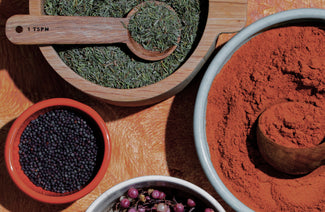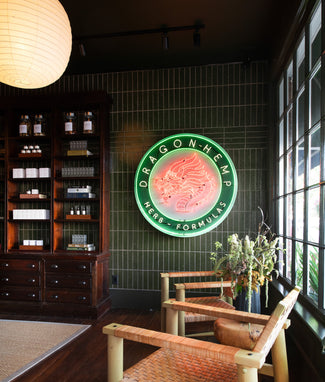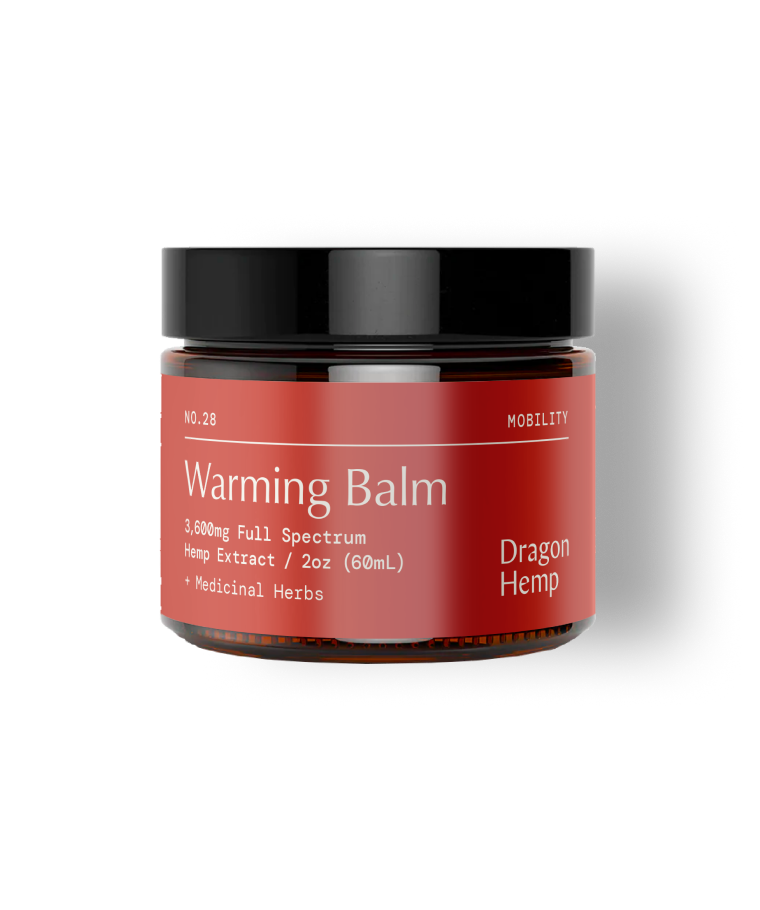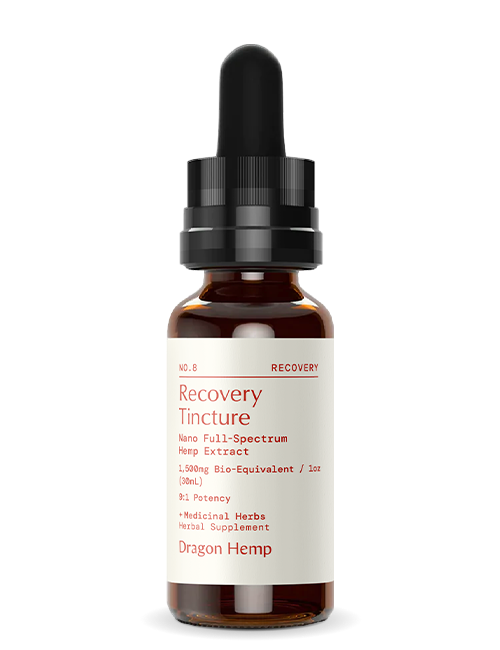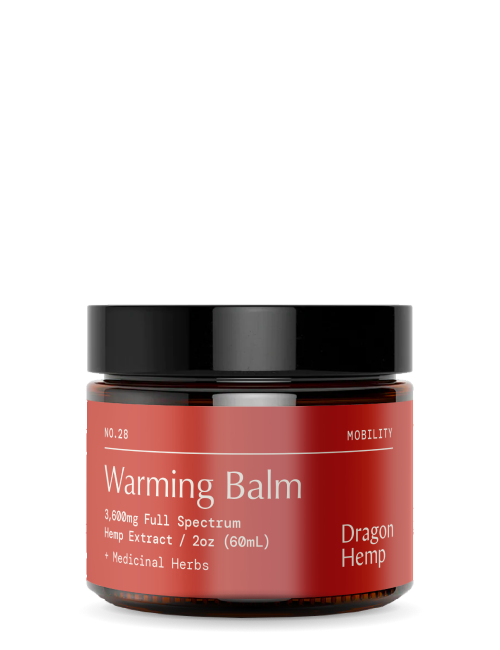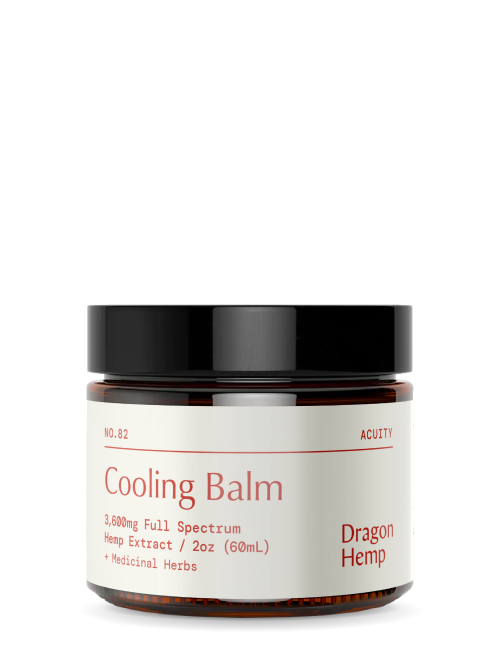





For the days your body feels less fluid and ease takes a little more intention.
Inspired by traditional martial arts 'dit da jow' formulas long trusted to prepare the body for purposeful movement, this warming balm features a proprietary blend of time-honored Chinese herbs and next-generation cannabinoids—crafted to rekindle movement, restore ritual, and offer a warming touch when energy feels stuck.
• 3,600mg Full Spectrum Hemp Extract
• Proprietary Chinese herb formula
• Brings warming relief to areas that hold long-standing tension or sensitivity.
• Prepares stiff muscles for better mobility before workouts or movement.
• Eases built-up tension from sleep, sitting, or extended stillness.
• Supports mobility in areas recovering from past physical strain or overuse.
• Promotes flexibility and flow for smoother, more efficient warm-ups.
These statements have not been evaluated by the FDA. This product is not intended to diagnose, treat, cure, or prevent any disease.
Use as needed. Apply a small amount directly to the affected area and massage gently until absorbed.
For external use only. Avoid contact with eyes and open wounds. Do not ingest.
Do not use if pregnant or nursing. Keep out of reach of children.

View third-party testing here.
We process and ship orders within one business day (24 hours) from the time they are placed, Monday–Friday, excluding holidays.
Delivery timelines shown at checkout are estimates provided by our shipping partner (DHL) and begin after your order has been processed. Once a package is in transit, delivery is the responsibility of the carrier, and any delays are unfortunately beyond our control.
Returns are accepted within 14 days of purchase for a refund, exchange or store credit.
For more information view our complete Shipping & Return Policy.
At Dragon Hemp, we’re dedicated to providing products that support and empower you on your wellness journey. You have 14 days to try our product, and if you’re not completely satisfied, we’ll make it right—whether that means helping you find a suitable alternative or offering a refund.*
Just email us at info@dragonhemp.com within the return window to get started.
Your trust matters to us, and we’re here to ensure you feel confident and cared for at every step.
*Please note: For opened items, our Peace-of-Mind Guarantee applies only to your first purchase of each product with no more than 25% used—except in the case of a verified manufacturing defect. It does not apply to subscription orders or sale items.
Key Ingredients
-
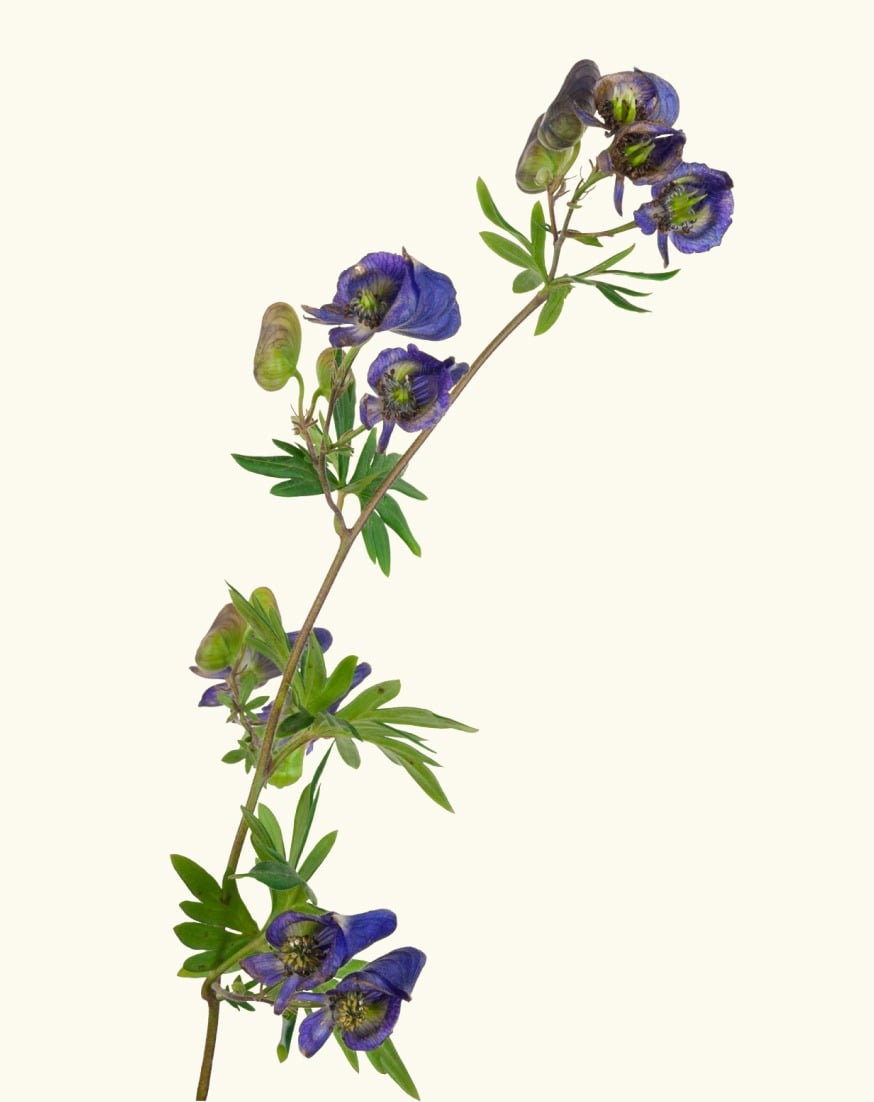
Aconite is derived from the root of the aconite plant, a flower more commonly known as wolfsbane. Although every part of the plant contains potentially toxic chemicals, when properly distilled it provides significant medicinal properties for pain relief and anti-inflammation.
Benefits:
- Anti-inflammation
- Blood circulation
- Pain relief
- Warming effect
Found In:
-
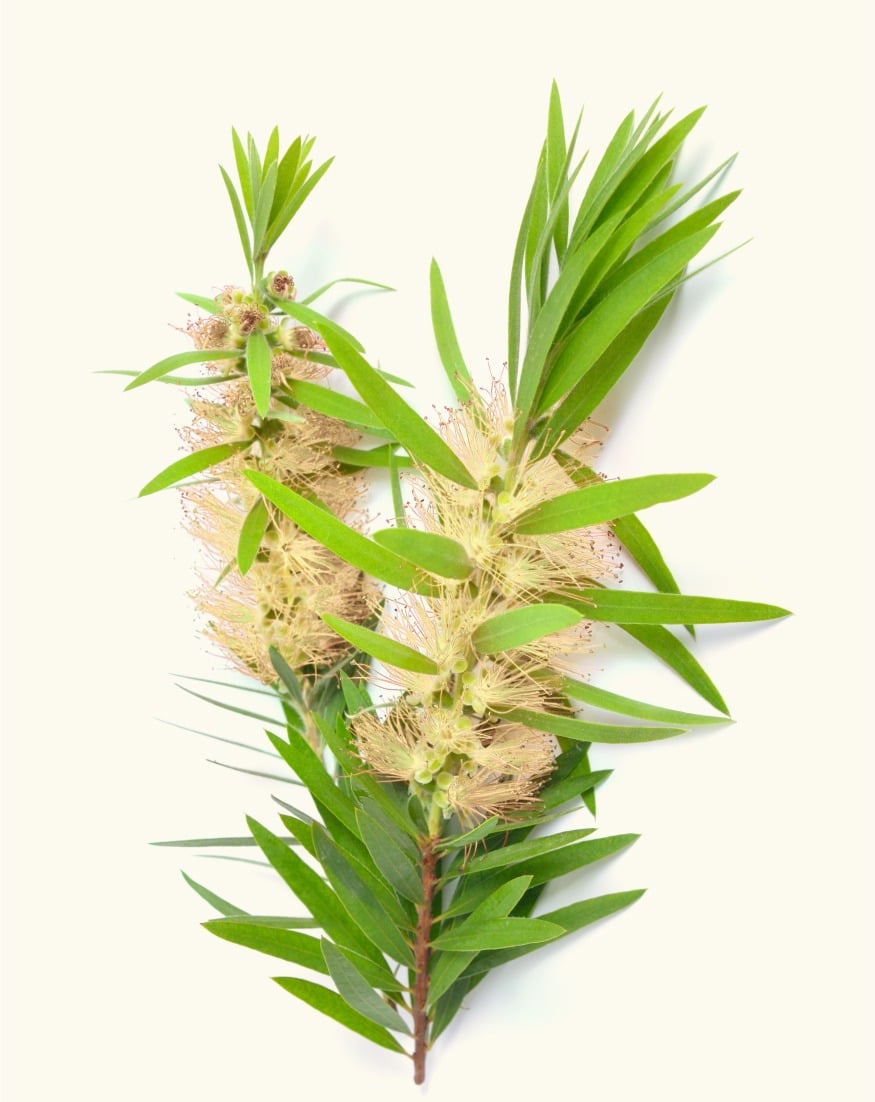
Cajeput is an oil derived from the leaves of the cajeput tree. Similar in aroma to eucalyptus oil, cajeput is commonly used in traditional herbal medicine as an effective topical pain reliever and anti-inflammatory that can be used as an antiseptic and an analgesic.
Benefits:
- Pain relief
- Anti-inflammation
- Muscle and joint pain
- Antiseptic properties
Found In:
-
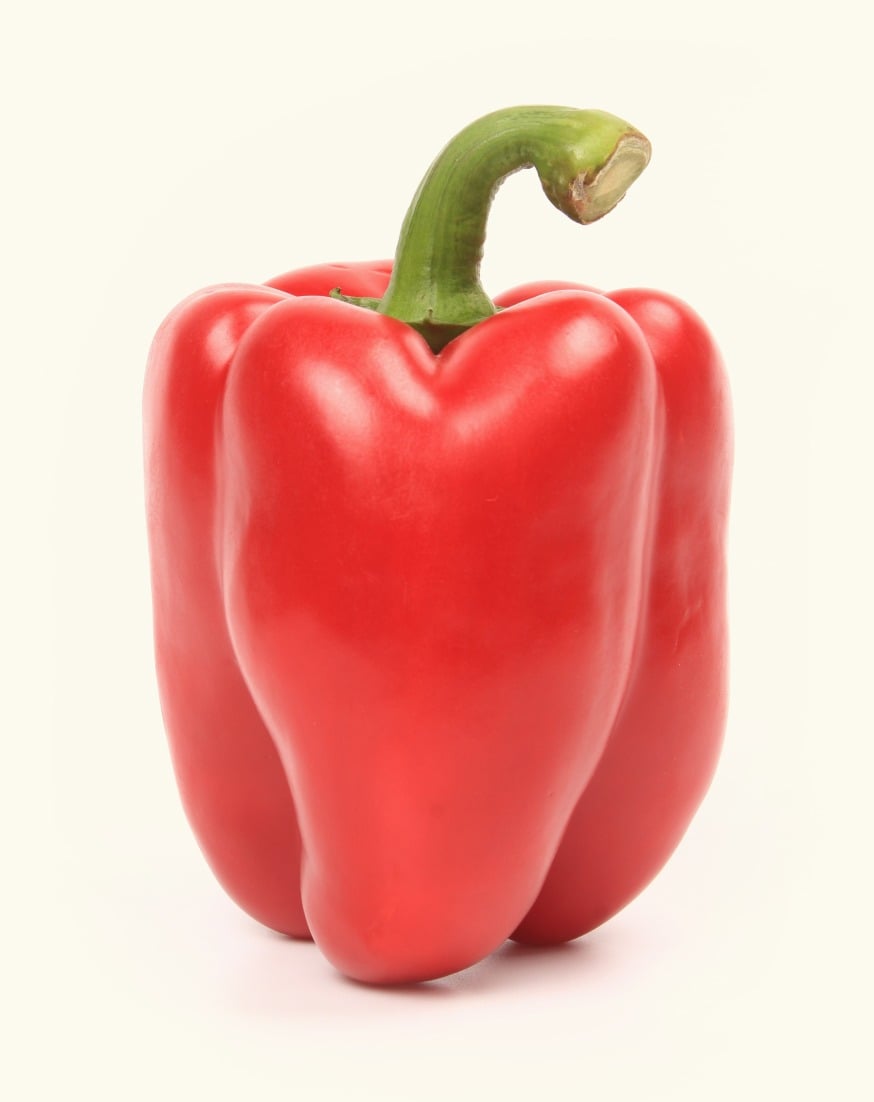
Known more commonly as cayenne pepper, capsicum is frequently used in traditional medicine as a topical and oral remedy. As a topical ingredient, capsicum is an effective pain reliever, treating chronic conditions such as joint pain and nerve pain.
Benefits:
- Pain relief
- Anti-inflammation
- Muscle spasms
- Warming effect
Found In:
-
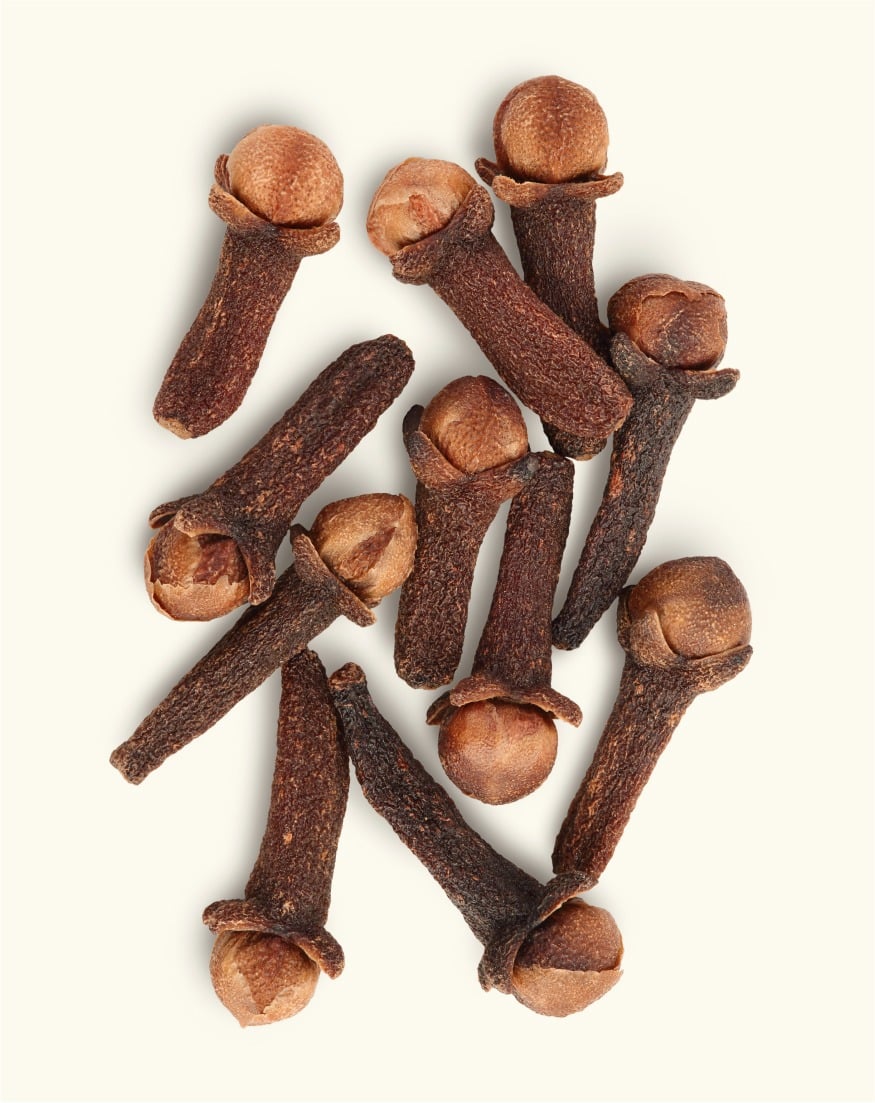
A well-known warming spice, Cloves have traditionally been used in Chinese medicine for its therapeutic properties. It’s commonly utilized topically to provide an aromatic warming effect to the impacted area.
Benefits:
- Warming effect
- Anti-inflammation
- Pain relief
Found In:
-
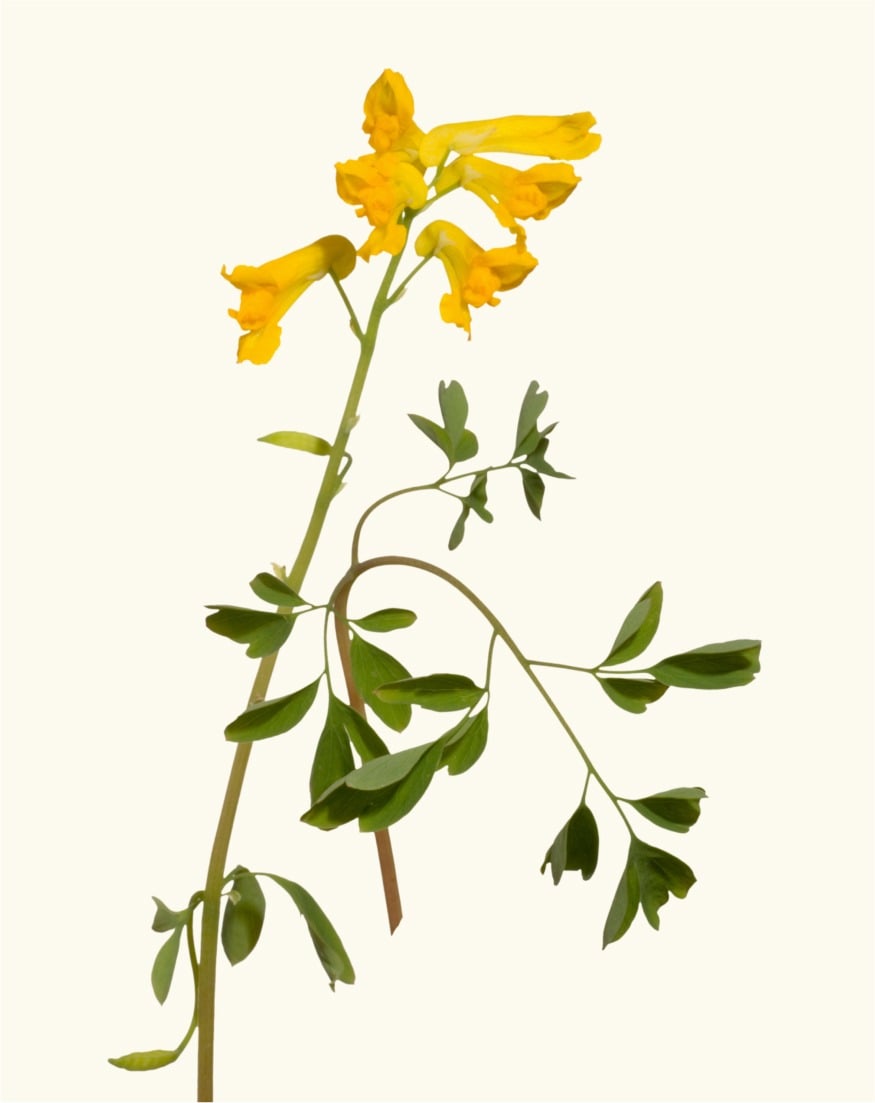
Yan hu suo (Corydalis yanhusuo) is a native Chinese plant that has been used in traditional Chinese medicine for thousands of years. The plant's root and tuber contain a variety of compounds that are believed to have health benefits that are further amplified in conjunction with other anti-inflammatory therapeutics. including anti-inflammatory, analgesic, and sedative effects.
Benefits:
- Pain relief
- Anti-inflammation
- Skin healing
- Sedative
- Menstrual relief
Found In:
-
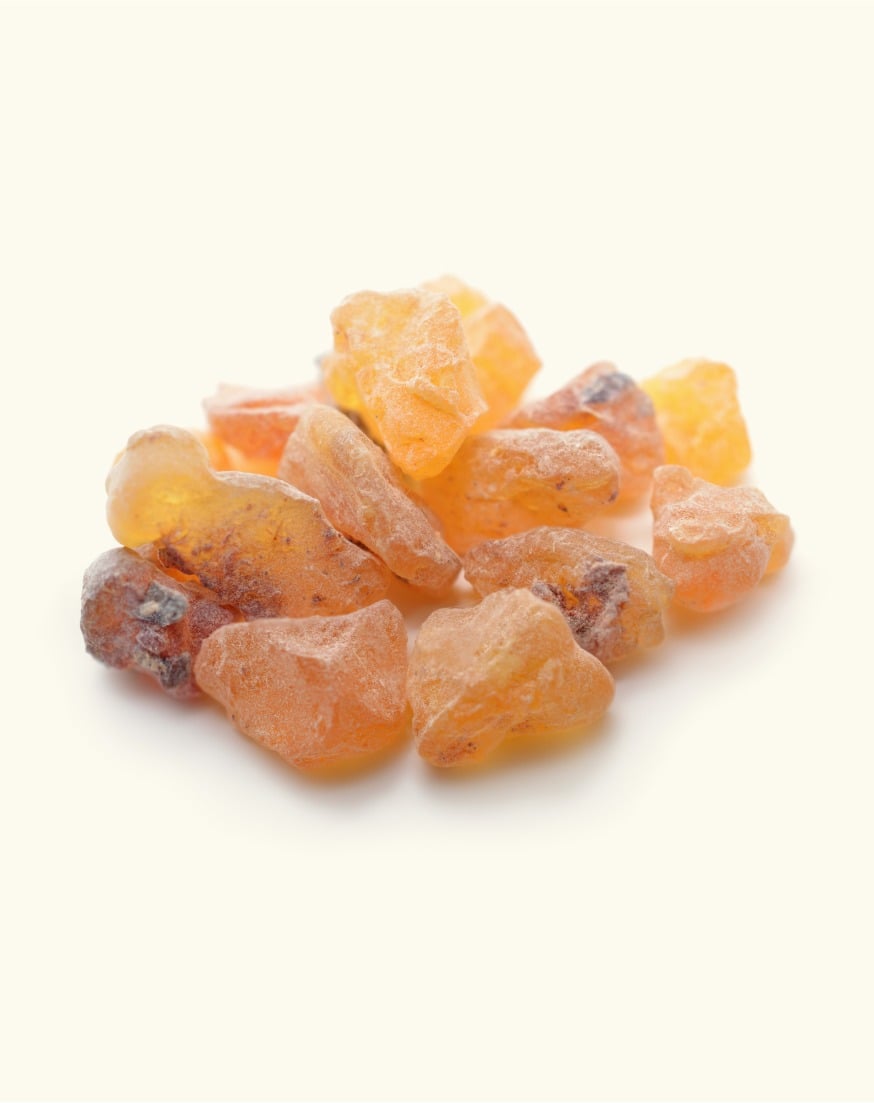
Frankincense, also known as Boswellia or Ru Xiang, is a resin obtained from the Boswellia tree that’s believed to have analgesic properties. It’s often used together with Myrrh for its potent complementary effects.
Benefits:
- Pain relief
- Anti-inflammation
- Blood circulation
- Wound healing
- Menstrual relief
Found In:
-
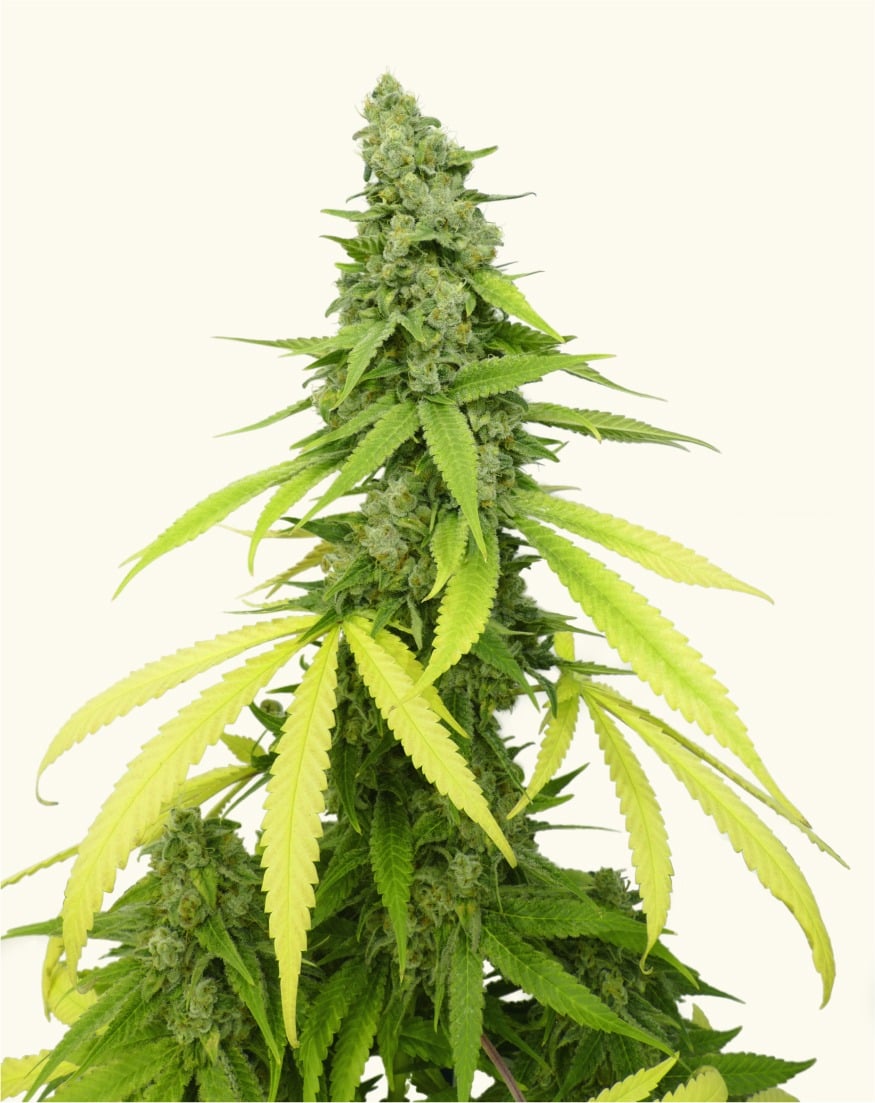
CBD, or cannabidiol, is a non-psychoactive cannabinoid compound naturally derived from hemp. Full-spectrum CBD hemp extract naturally contains trace amounts of other cannabinoids, including THC within federally legal limits, working in harmony to amplify the benefits. It has been shown to help reduce inflammation, calm the body and mind from daily stressors, and support recovery from pain or exercise.
Benefits:
- Pain relief
- Anxiety relief
- Anti-inflammation
- Calming effect
-
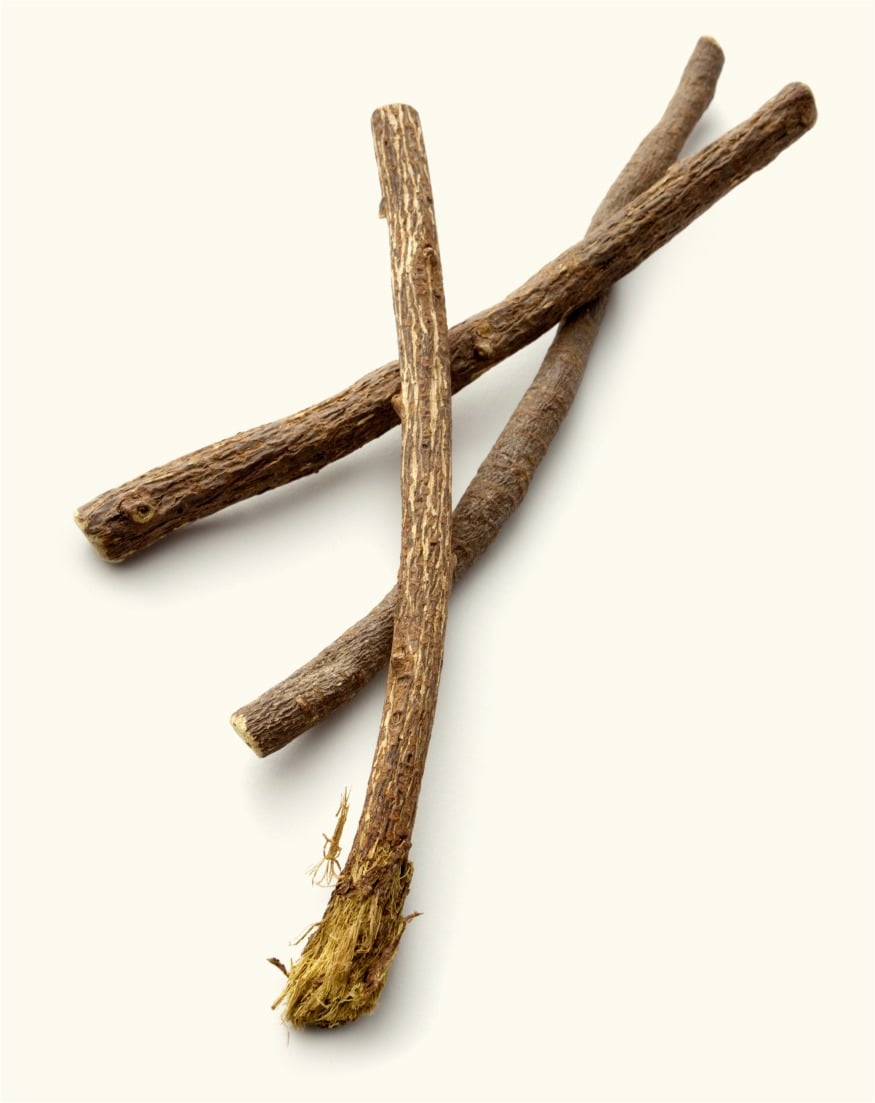
Also known as Gan Cao in Chinese medicine, Licorice root is a potent herb used for centuries in multiple medicinal applications. Its efficacy in digestion, anti-inflammation, and respiratory health has led to it being a mainstay in both Eastern and Western natural medicine.
Benefits:
- Anti-inflammation
- Digestive aid
- Respiratory health
- Adrenal support
- Immune support
-
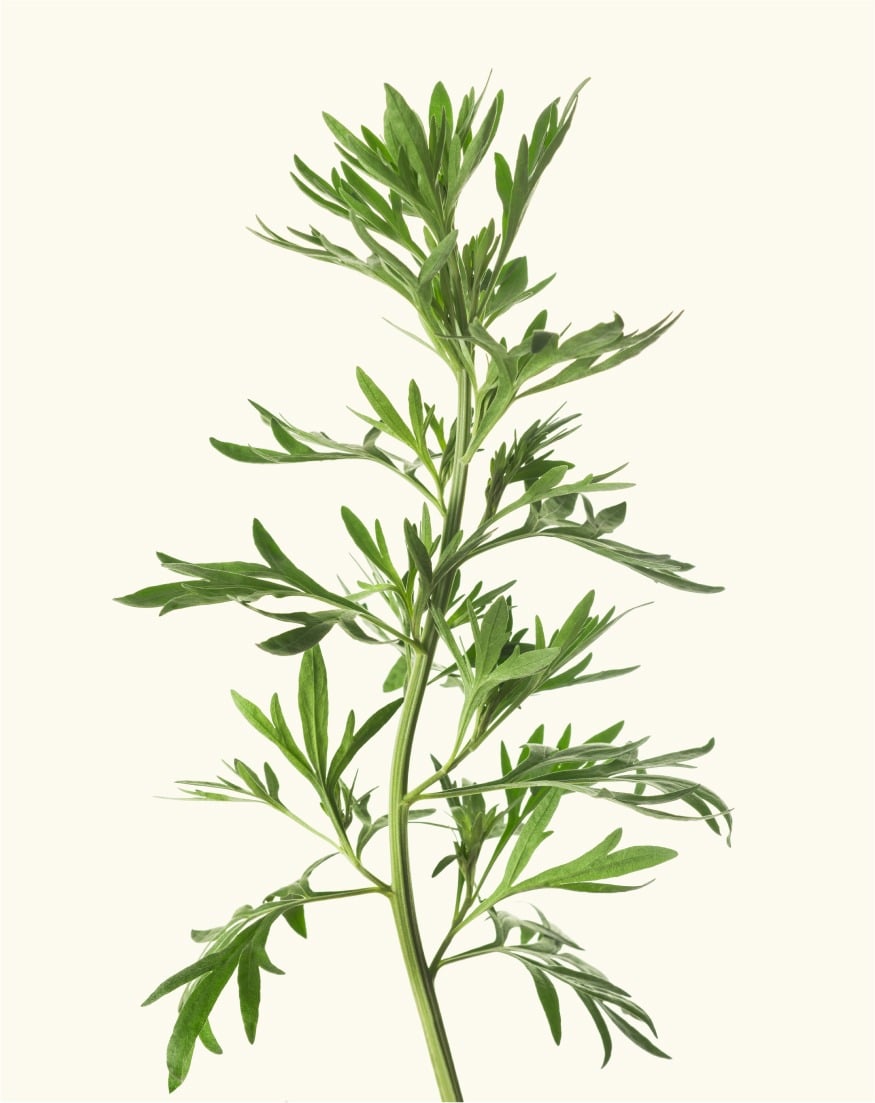
Also known as Ai Ye or Artemisia, Mugroot is a traditional Chinese herb devised from the leaves of the Artemisia argyi plant. Used for centuries for its medicinal properties, mugroot is commonly used topically as a warming herb.
Benefits:
- Anti-inflammation
- Immune support
- Warming effect
Found In:
-
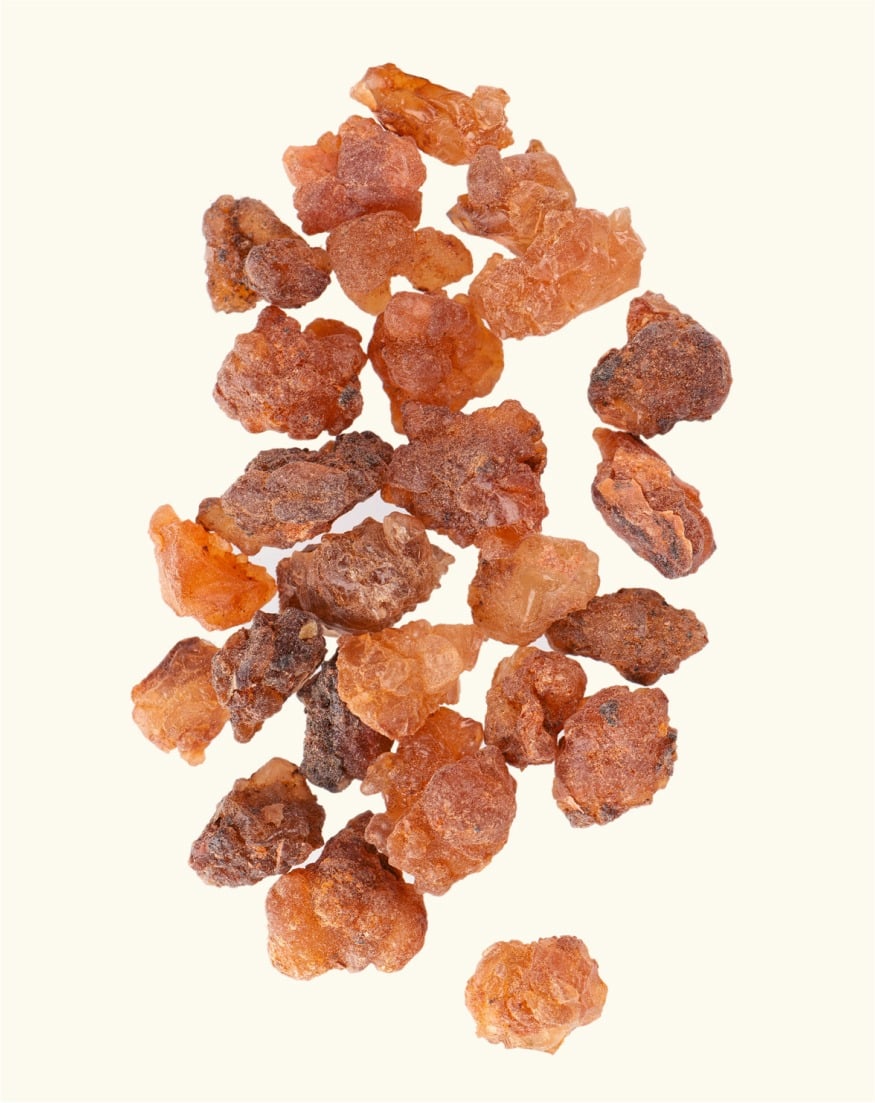
Myrrh is a resin obtained from the Commiphora tree and has been used for thousands of years in traditional herbal medicine. Commonly used topically, myrrh has long been considered a potent analgesic, acting to relieve pain, reduce inflammation, and promote healing.
Benefits:
- Pain relief
- Anti-inflammation
- Wound healing
- Blood circulation
- Menstrual relief
Found In:
-
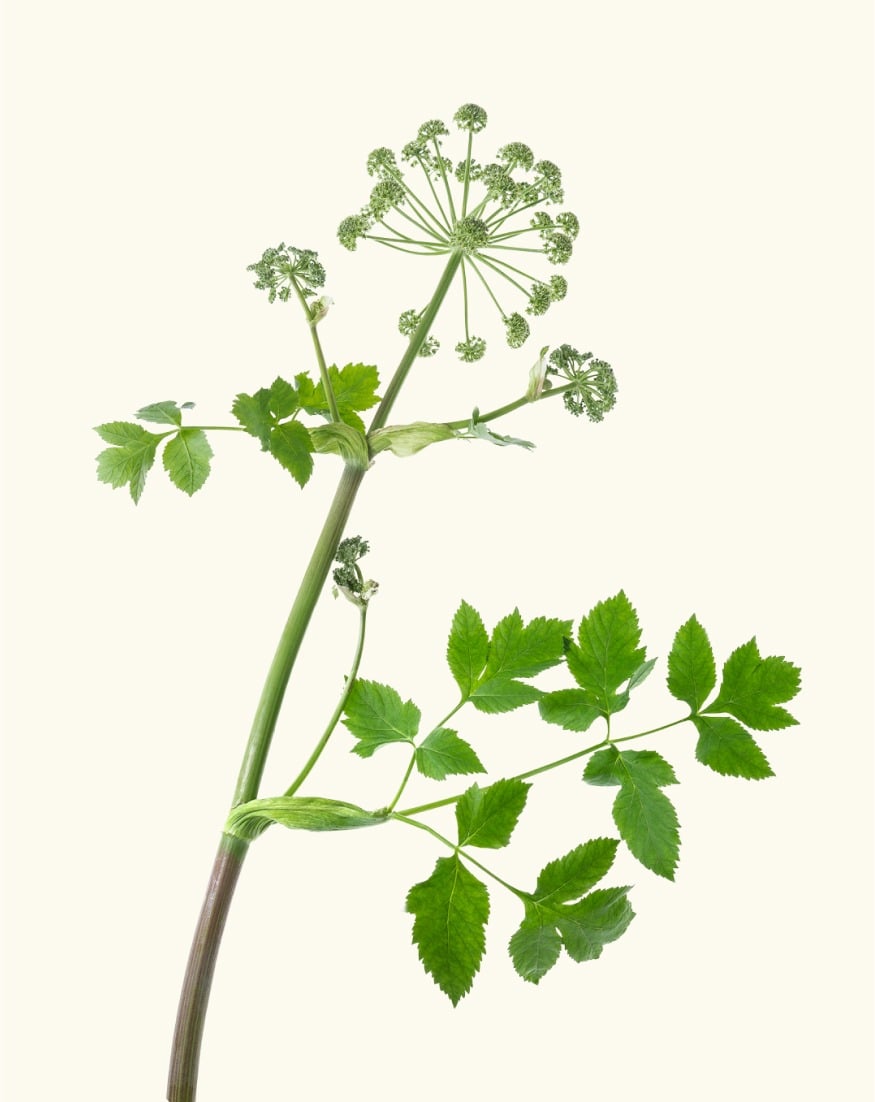
Also known as Du Huo, Angelica Pubescens is a root from the plant of the same name. It’s typically used as a warming herb in topical applications, best for anti-inflammation and headache relief.
Benefits:
- Anti-inflammation
- Joint pain support
- Headache relief
- Immune support
Found In:
1 Aconite
Aconite is derived from the root of the aconite plant, a flower more commonly known as wolfsbane. Although every part of the plant contains potentially toxic chemicals, when properly distilled it provides significant medicinal properties for pain relief and anti-inflammation.
Benefits:
- Anti-inflammation
- Blood circulation
- Pain relief
- Warming effect
Found In:

2 Cajeput
Cajeput is an oil derived from the leaves of the cajeput tree. Similar in aroma to eucalyptus oil, cajeput is commonly used in traditional herbal medicine as an effective topical pain reliever and anti-inflammatory that can be used as an antiseptic and an analgesic.
Benefits:
- Pain relief
- Anti-inflammation
- Muscle and joint pain
- Antiseptic properties
Found In:

3 Capsicum
Known more commonly as cayenne pepper, capsicum is frequently used in traditional medicine as a topical and oral remedy. As a topical ingredient, capsicum is an effective pain reliever, treating chronic conditions such as joint pain and nerve pain.
Benefits:
- Pain relief
- Anti-inflammation
- Muscle spasms
- Warming effect
Found In:

4 Cloves
A well-known warming spice, Cloves have traditionally been used in Chinese medicine for its therapeutic properties. It’s commonly utilized topically to provide an aromatic warming effect to the impacted area.
Benefits:
- Warming effect
- Anti-inflammation
- Pain relief
Found In:

5 Corydalis
Yan hu suo (Corydalis yanhusuo) is a native Chinese plant that has been used in traditional Chinese medicine for thousands of years. The plant's root and tuber contain a variety of compounds that are believed to have health benefits that are further amplified in conjunction with other anti-inflammatory therapeutics. including anti-inflammatory, analgesic, and sedative effects.
Benefits:
- Pain relief
- Anti-inflammation
- Skin healing
- Sedative
- Menstrual relief
Found In:

6 Frankincense
Frankincense, also known as Boswellia or Ru Xiang, is a resin obtained from the Boswellia tree that’s believed to have analgesic properties. It’s often used together with Myrrh for its potent complementary effects.
Benefits:
- Pain relief
- Anti-inflammation
- Blood circulation
- Wound healing
- Menstrual relief
Found In:

7 Full-Spectrum CBD Hemp Extract
CBD, or cannabidiol, is a non-psychoactive cannabinoid compound naturally derived from hemp. Full-spectrum CBD hemp extract naturally contains trace amounts of other cannabinoids, including THC within federally legal limits, working in harmony to amplify the benefits. It has been shown to help reduce inflammation, calm the body and mind from daily stressors, and support recovery from pain or exercise.
Benefits:
- Pain relief
- Anxiety relief
- Anti-inflammation
- Calming effect

8 Licorice Root
Also known as Gan Cao in Chinese medicine, Licorice root is a potent herb used for centuries in multiple medicinal applications. Its efficacy in digestion, anti-inflammation, and respiratory health has led to it being a mainstay in both Eastern and Western natural medicine.
Benefits:
- Anti-inflammation
- Digestive aid
- Respiratory health
- Adrenal support
- Immune support

9 Mugwort
Also known as Ai Ye or Artemisia, Mugroot is a traditional Chinese herb devised from the leaves of the Artemisia argyi plant. Used for centuries for its medicinal properties, mugroot is commonly used topically as a warming herb.
Benefits:
- Anti-inflammation
- Immune support
- Warming effect
Found In:

10 Myrrh
Myrrh is a resin obtained from the Commiphora tree and has been used for thousands of years in traditional herbal medicine. Commonly used topically, myrrh has long been considered a potent analgesic, acting to relieve pain, reduce inflammation, and promote healing.
Benefits:
- Pain relief
- Anti-inflammation
- Wound healing
- Blood circulation
- Menstrual relief
Found In:

11 Pubescent Angelica Root
Also known as Du Huo, Angelica Pubescens is a root from the plant of the same name. It’s typically used as a warming herb in topical applications, best for anti-inflammation and headache relief.
Benefits:
- Anti-inflammation
- Joint pain support
- Headache relief
- Immune support
Found In:

Frequently asked questions.
Warming Balm contains herbs that produce heat, designed for more chronic injuries (those lasting 3+ months), and also to help warm muscles before or during exercise. It boosts blood circulation to alleviate inflammation and pain, making it suitable for arthritis, back pain, and muscle and joint stiffness. On the other hand, Cooling Balm is formulated with herbs that dissipate tissue heat from acute injuries or overexertion--similar to how you would use ice. This heat and swelling is the body’s natural response to trauma due to blood leaking from damaged capillaries. Cooling balm not only dispels this heat but also reduces swelling, enhances blood flow, and aids in tissue recovery.
Most customers report a noticeable warming sensation and reduction in discomfort within 15 minutes. Applying the balm when pores are open like after a warm bath or shower can accelerate & amplify the effects. It's recommended to reapply the Warming Balm as necessary until pain is managed. The duration for complete relief largely depends on the injury's chronicity and severity.
For more information, please contact us or visit our storefront.




